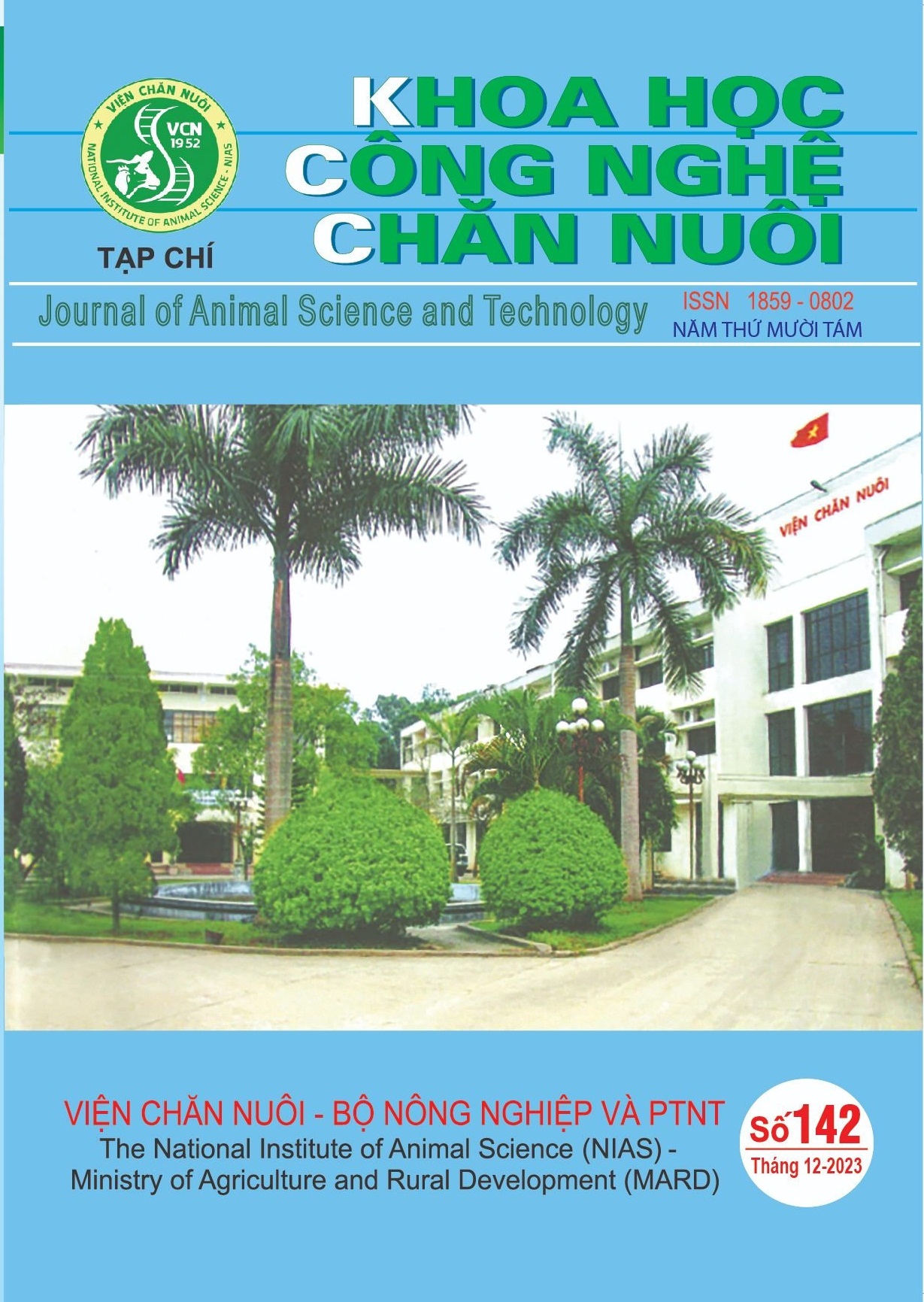Study on some characteristics of African swine fever in Lang Son province
The study aims to determine the situation of African swine fever in Lang Son province to form the basis for effective disease prevention solutions. Research results have shown that farming methods have a great influence on the likelihood of contracting African swine fever in Lang Son province. The rate of pigs infected with African swine fever is the highest, accounting for 63.82%, followed by piglets, accounting for 25.93%, sows, accounting for 8.86% and the lowest. are male pigs, accounting for 1.30%. Pigs in Lang Son province have the highest incidence of African swine fever in the fall at 40.61%, followed by 25.96% in the summer, 19.70% in the spring and the lowest in the winter at 13.72%. Sows infected with the disease have typical symptoms such as: high fever, loss of appetite, bleeding in thin skin areas, constipation, convulsions, paralysis, and miscarriage; In piglets, up to 98.35% of pigs showed signs of high fever over 40°C, stopped eating and lay on top of each other; 96.04% of sick pigs had external symptoms of red skin; 11.19% of monitored pigs had anal bleeding. 100% of pigs that die from African swine fever have hemorrhagic lesions in lymph nodes, spleen hemorrhage, and infarction. In addition, there are other typical lesions such as swelling, adhesions, necrotic foci in the lungs, accounting for 94.44%; the heart retains fluid, degenerates, and congests 90.00%; Kidney hemorrhage accounts for 92.22%; Hemorrhagic liver accounts for 74.44% and gallbladder swelling and bleeding in the serous membrane of the gallbladder accounts for 87.77%.

